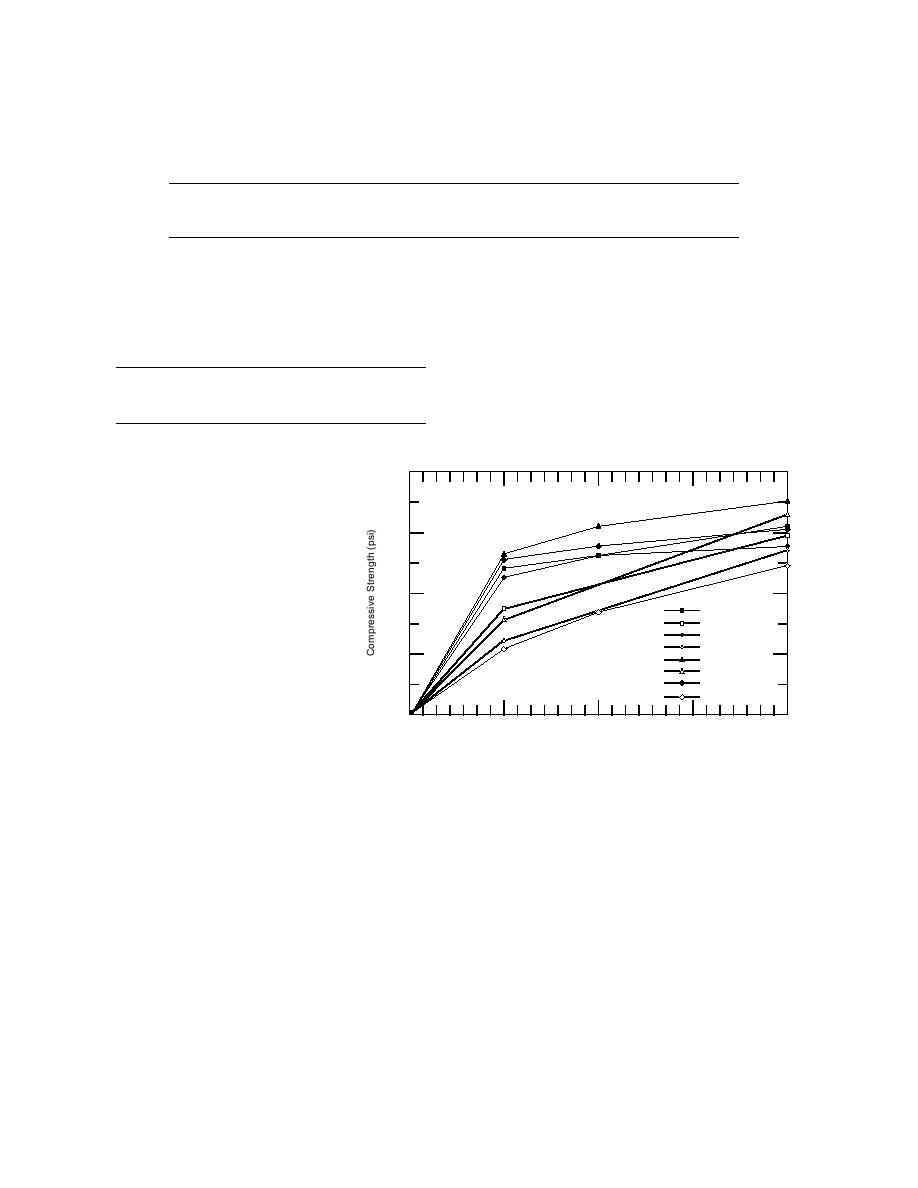
Table 15. Mixture proportions per cubic meter, New Hampshire.
Coarse aggregate
Sand
Air-
Water
Admixture dosage
(19-mm crushed
(natural,
Portland
entraining
reducer
(wgt active
ledge, 0.5%
1.1% abs.
cement
admixture
(WRDA
ingredient per
2.89 SG)
2.71 SG)
Type II
w/c
(Daravair)
w/Hycol)
cement wgt)
(cm3)
(cm3)
Mixture
(kg)
(kg)
(kg)
ratio
(%)
PS
1010
787
422
0.44
133
798
6
DP
1015
784
416
0.43
266
798
6
DPTC
1021
784
422
0.42
237
828
6
derived from previous laboratory data. As can be
Table 16. Properties of fresh concrete, New
Hampshire.
seen, all field samples performed well. They ex-
ceeded minimum strength requirements. In addi-
Air
Unit
Concrete
tion, the concrete was estimated to have attained
Slump
content
weight
temperature
at least 12 MPa before it reached 5C. The con-
(C)
(kg/m3)
Mixture
(cm)
(%)
crete was able to resist freezing at that strength,
PolarSet
8
3
2293
10
shown by the fact that no ice damage was de-
DP
11
7.2
2293
13
tected in core samples removed from the bin in
DPTC
5
6.4
2341
13
May.
tion between the cement and water
8000
had been completed by then.
The slab reached a mostly uniform
temperature within 18 hours. The
6000
wall achieved uniform temperature
almost immediately. The wall, hav-
ing two surfaces exposed to the am-
4000
bient air, was most easily affected
PS-Room
by surrounding air.
PS-Field
DP-Room
Strength development
DP-Field
2000
DPTC-Room
The concrete was transported by
DPTC-Field
Control +20C
rotary-drum truck from a ready-mix
Control +5C
plant 16 kilometers from CRREL. The
0
concrete was mixed using unheated
21
28
0
7
14
aggregate with heated water (82C).
Concrete Age (days)
The ingredients were added into the Figure 4. Compressive strength of pullout cylinders from wall-slab
truck's drum, mixed a few minutes, prototype.
and then transported 1520 minutes
to the construction site. The mix proportions are
FIELD APPLICATION OF
given in Table 15. The truck took about 15 min-
DEVELOPED ADMIXTURES
utes to discharge its load, and finishing opera-
tions took another 30 minutes. Table 16 gives prop-
Soo Locks slabs
erties of each mixture as delivered to the site.
Results of the strength tests from the field-cured
Objective
pullout cylinders taken out of each concrete sec-
To demonstrate the practicality of using anti-
tion are presented in Figure 4. The target slump
freeze admixtures under field conditions.
was 10 cm.
Control, admixture-free concrete was not mixed
Description
during this experiment. The control curves in-
Three on-grade slabs were cast. One slab was
cluded in Figure 4 correspond to concrete of simi-
made of admixture-free concrete to act as a con-
lar mix proportions made with aggregates and
trol. It was protected with a heated shelter. A sec-
cement from the same sources. These values were
ond slab was made with concrete containing the
14



 Previous Page
Previous Page
